The Supreme Court has so far declined to involve itself in any of the post-Bruen lawsuits filed in response to New York's misnamed "Concealed Carry Improvement Act", turning away multiple emergency appeals that have been filed at early states of the litigation, but Gun Owners of America is hoping the Court, or at least four justices, will agree with their argument that the time is now ripe to step in and stop the state from continuing to tread on the right to carry.
GOA announced on Wednesday afternoon that it has filed a cert petition with the Court in Antonyuk v. James asking for the justices to take the case now in order to answer a couple of key questions that have emerged since the justices struck down New York's "may issue" laws in June of 2022:
1. Whether the proper historical time period for ascertaining the Second Amendment’s original meaning is 1791, rather than 1868; and
2. Whether “the people” must convince government officials of their “good moral character” before exercising their Second Amendment right to bear arms in public.
As the brief lays out, there's a split among the appellate courts about the most appropriate time period to look at when considering the validity of modern day gun laws under Bruen's "text, history, and tradition" test, and the Second Circuit has chosen largely to disregard the gun laws (or lack thereof) on the books in 1791 in favor of looking at post-Reconstruction America.
This case presents an excellent vehicle for this Court to resolve the debate between 1791 and 1868. Below, the panel relied — almost without exception —on historical laws enacted well after the Second Amendment’s ratification, with the earliest being nearly half a century after the Founding. Strikingly, of the three earlier analogues the panel did reference, every one was considered and rejected in Bruen. And the only time the panel did examine a series of Founding-era statutes, it affirmed that part of the district court’s injunction.
In other words, the Second Circuit’s singular focus on mid-to-late 19th-century history was outcome-determinative in this case. And, “apart from [this] handful of late-19th-century jurisdictions”, the panel would have been forced to admit that no historical tradition exists and affirm the district court’s injunction. Thus, in addition to correcting the errors in the opinion below, resolution of this important structural question would provide critical guidance to innumerable lower courts analyzing similar challenges.
Using 1868 as the basis to determine the history and national tradition of gun ownership is problematic for a couple of reasons. First, it's more than 75 years removed from the ratification of the Second Amendment and the original intent of the Founders. But also, when the Fourteenth Amendment was ratified, supposedly precluding states from violating any of the individual rights found in the U.S. Constitution and its amendments, there was still widespread resistance to recognizing those rights, at least when it came to the newly-freed slaves.
Even states that weren't a part of the Confederacy, like Ohio, Kansas, and Minnesota, for instance, rejected Black suffrage in the 1867 elections, and states like Virginia were already instituting laws that were facially race-neutral but allowed for broad enforcement discretion; essentially establishing a two-tiered system of justice and civil rights that continued to deprive those new citizens some of their most fundamental freedoms guaranteed by the Bill of Rights.
GOA's attorneys contend that the Court has already essentially said that 1791 is the proper time period to consider, quoting from Heller, McDonald, and Bruen to buttress their argument. In Bruen, the Court concluded that the Second Amendment's meaning is "fixed according to the understandings of those who ratified it”, and also stated that "we have generally assumed that the scope of the protection applicable to the Federal Government and States is pegged to ...1791.” Unfortunately, some appellate courts like the Second Circuit have broadly ignored the Court's opinion and have instead fixated on the mid-19th century, when there were more restrictions on the right to keep and bear arms to be found than 75 years earlier.
While the Second Circuit has pretended the Court hasn't previously weighed in on the most appropriate time period when looking for analogues to modern gun laws, the GOA attorneys maintain it acted in outright defiance of what SCOTUS said in Bruen when considering the constitutionality of the challenged provisions of the CCIA.
Repeatedly, the panel advanced the remarkable theory that it was not bound to apply the Court’s methodology in Bruen. Labeling Bruen a case of “exceptional nature,” the panel surmised that courts are not required to follow Bruen’s lead “in cases challenging less exceptional regulations.” The panel repeated this claim no fewer than four times, each time justifying circumvention of a portion of Bruen’s framework on the theory that Bruen came out the way it did only because it was “exceptional.”
But although Bruen was a landmark decision, therewas nothing “exceptional” about the framework of historical analysis the Court articulated. Rather, even Justice Breyer in dissent agreed that the Court was establishing rules to be used in future cases. As the Court explained, Bruen’s methodology is the “[o]nly” way to analyze Second Amendment challenges.
Once the Second Circuit decided it was free to disregard the Court's methodology, it unsurprisingly found that a number of New York's new restrictions on the right to carry were perfectly compatible with the Constitution even when there were no Founding-era analogues to point to, including the state's requirement that applicants be able to prove their "good moral character" before being approved for a carry license.
Various counties have differing methods to determine whether or not enough proof has been offered to satisfy the "good moral character" requirement. In Nassau County, applicants must submit character references from four county residents, none of whom can be related to the applicant or work in law enforcement, and must also take a urinalysis exam as part of the application process (though a state Supreme Court judge issued a decision this week that at least calls into question the mandatory pee test). While the specifics vary from county to county, generally speaking being able to pass a background check isn't deemed enough evidence of good moral character to satisfy the demands of licensing authorities.
The Second Circuit and other courts have been emboldened to uphold these discretionary practices by pointing to what the Court said in Bruen; states like Connecticut, Delaware, and Rhode Island have "suitability" standards and those regimes are supposedly in compliance with the Second Amendment. What the Second Circuit ignored, however, is the Court's statement that it's because those systems are, in practice, "shall issue" that the "suitability" clause can plausibly withstand constitutional scrutiny. In New York, however, some jurisdictions are using "good moral character" as a replacement for the discretionary "suitability" standard that was struck down in Bruen, and GOA's attorneys argue that will continue to be the case so long as SCOTUS allows it.
After the cert petition was filed with the Supreme Court, GOA senior vice president Erich Pratt declared he's "incredibly confident the justices will take an extra close look at this case since their previous ruling was ignored by the insubordinate tyrants in Albany, adding that the organization is "excited about the opportunity to serve Kathy Hochul and her cabal another plate of humble pie if the Court takes the case.”
I'm in full agreement that the Supreme Court should take up the issues raised in Antonyuk now rather than waiting many more months for trials to take place in the district and appellate courts, but the big question is whether four justices on the Court concur with GOA's attorneys. We'll have to wait at least another month or so before we learn if the Court will give the green light to Antonyuk, or if it will once again allow New York to continue trampling all over the right to bear arms in self-defense. At this point, I'm hopeful but not particularly confident that the Court will step in now, but I'd be delighted to be proven wrong when the justices take up the case in conference.
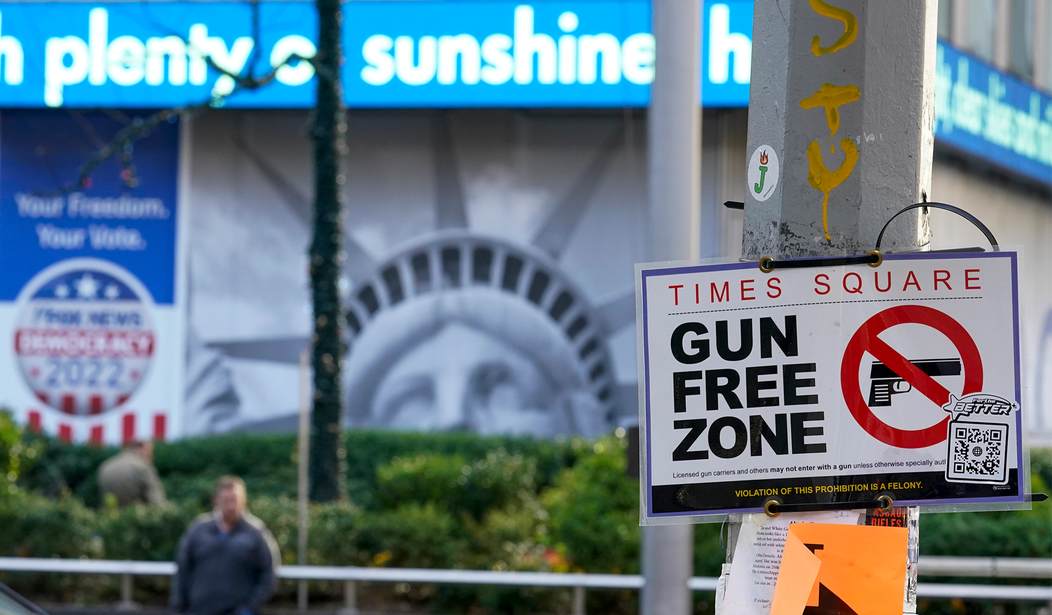


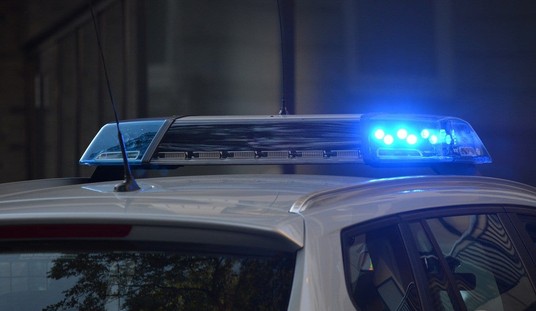
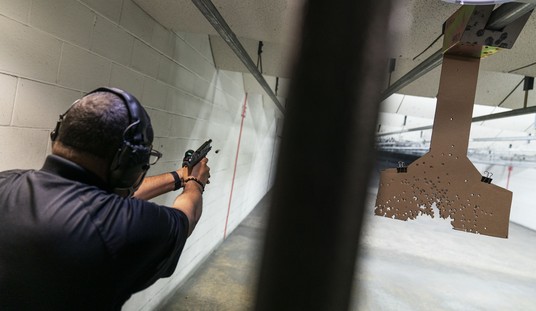

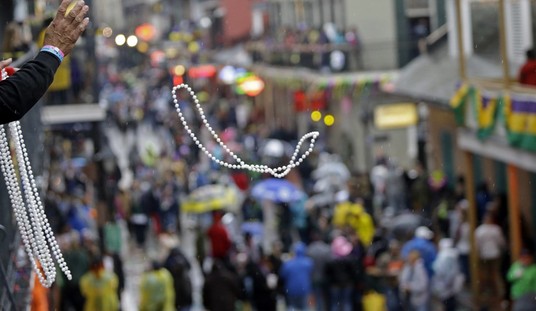
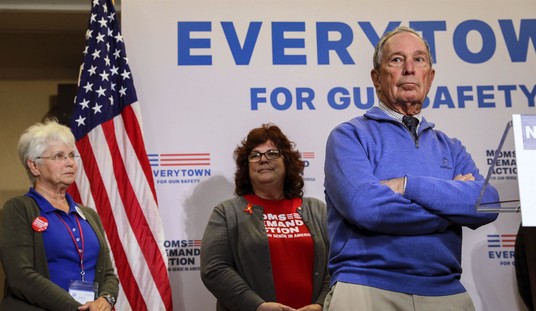

Join the conversation as a VIP Member